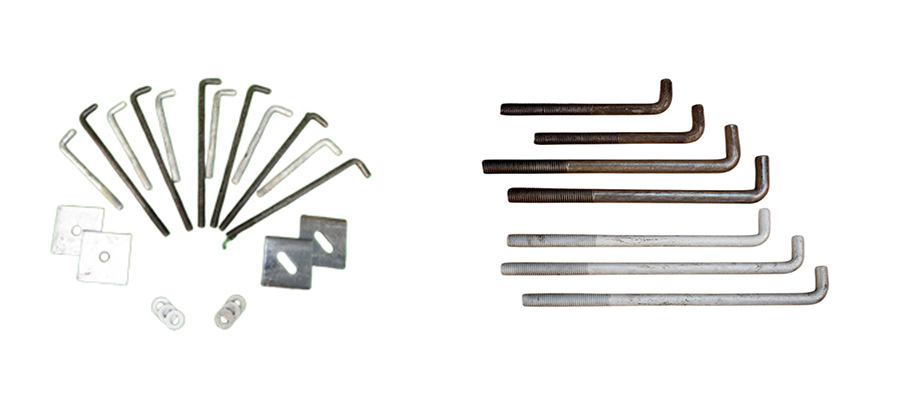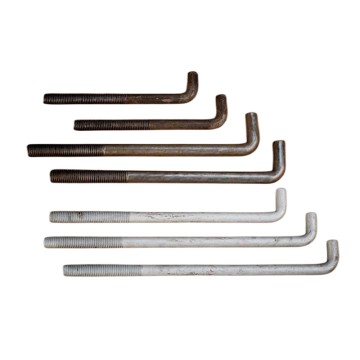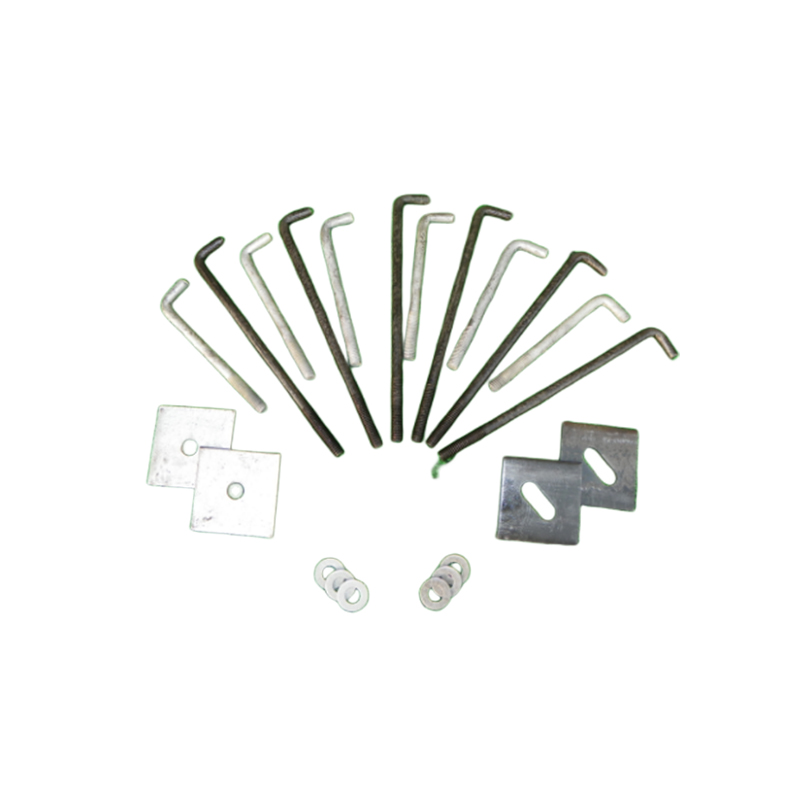Anchor bolts attach structural objects to concrete structures. In the fabrication industry, anchor bolts commonly fix equipment, structural skids, and vessels to concrete. One end of the anchor bolt embeds into the concrete, while the exposed threaded end mates to the equipment. There are many types. Some of the common ones are L-shaped, double-end rods with plate, welded-headed stud, and swedge type. In this article, you’ll learn the details of each type of anchor bolt, the selection process, and the responsible parties involved in the installation.

The Different Types of Anchor Bolts
All anchor bolts are designed to connect objects to concrete, but the way in which they perform this task varies depending on the type. The most common type of anchor bolt is cast in place. It’s called “cast in place” because it’s literally cast with concrete. To install a cast in place anchor bolt, you first drill an appropriately sized hole into the concrete surface. Next, you position the bolt into the hole. Finally, you pour wet concrete into the remaining space. The wet concrete will naturally surround the bolt, and once it hardens, the anchor bolt shouldn’t budge.
There are also drilled in place anchor bolts. Also known as post-installed anchor bolts, they don’t require the use of wet concrete. You simply drill them into hardened concrete. How do drilled in place anchor bolts work exactly? Some drilled in place anchor bolts rely on the properties of mechanical expansion. When you drill them into concrete, they’ll compress and/or expand. Other types of drilled in place anchor bolts require the use of adhesives, such as epoxy, to stabilize and prevent movement.







